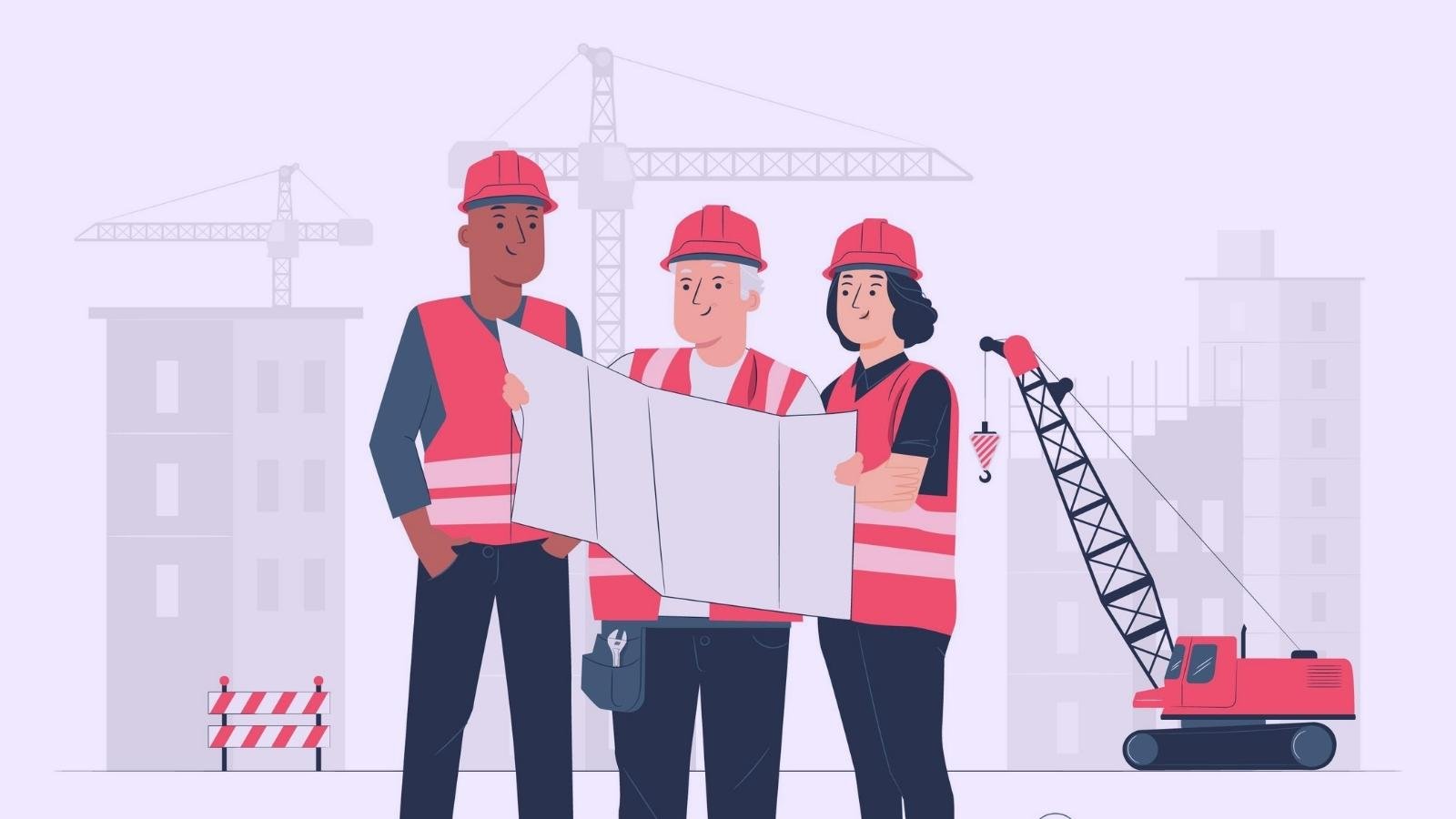Table of Contents
Highlights
- Shows how large-scale 3D-printing and robotic systems are building 3D-printed homes faster and with less waste.
- Explains the shift from manual labor to hybrid workflows that combine machines and skilled workers.
- Discusses real-world examples from Chile, the U.S., and Europe where automated construction is already in use.
- Looks at the benefits, challenges, and new business models that are driving automation in housing construction.
The construction industry is undergoing significant change as automation and robotics take on important roles in homebuilding. With rising housing demand, labor shortages, environmental concerns, and increasing costs, companies and researchers are looking to technologies like large-scale 3D printing, robotic bricklaying, prefabrication, and AI-assisted site monitoring. These innovations are transforming many tasks that used to be solely manual into hybrid workflows. Now, machines and people work together to build homes faster, more accurately, and with less waste.
3D Printing and Concrete Robotics in Practice
Across the globe, concrete printing technology has moved from theory to real homes. In Chile, a team from the University of Biobío built Latin America’s first 3D-printed concrete “seed house” in just over a day. They used an industrial robot printer to lay the walls in 29 hours and completed the whole structure in two additional days. The project has seven concrete walls covering about 30 square meters. It aims to demonstrate how flexible, robot-based construction can meet urgent housing needs.

At Wolf Ranch, Texas, companies like ICON and Lennar are using 3D printers to build entire communities of single-level homes. They use special concrete mixtures, like Lavacrete, to boost environmental performance and structural strength. These homes are printed automatically, with a robotic printer handling the foundation, walls, and openings. This approach significantly cuts construction time compared to traditional framing.
In Detroit, Citizen Robotics teamed up with architects to create a 1,000-square-foot house. A robot, originally from an automotive factory, printed the walls in just a few days. Finishing, framing, and roofs were added in a shorter follow-up phase.
Robotics in Traditional Construction Tasks
Robotic automation goes beyond just printing concrete. Bricklaying robots like Hadrian X are being used to handle masonry work, placing bricks or blocks according to digital blueprints with great precision and speed. These systems help address the shortage of skilled masons and lower error rates in wall construction. At the same time, factory-based prefabrication of parts like roof trusses, wall panels, and floor modules is improving on-site construction. Automated machines create components in controlled settings, which allows for quicker assembly at the building site and reduces reliance on weather, labor availability, and craftsmanship delays.

Benefits: Speed, Cost, Sustainability
The benefits of automation in homebuilding include several connected advantages. First, there’s speed. Robotic and 3D printing systems work non-stop, complete tasks quickly on site, and minimize delays from labor scheduling or bad weather. For instance, homes built with robot printers that might take months using traditional framing can be completed in weeks or even days. Second, there’s cost reduction. This comes not just from lower labor expenses but also from less material waste.
Concrete printing uses only what is necessary, prefabrication cuts down on transport and material losses, and onsite robotics often improve form and structure for better efficiency. Third, sustainability is important. Many automated construction projects use special concrete mixes, recycled materials, local soils, or geopolymers. These choices aim to lower the carbon footprint of both materials and transportation. Strong structural forms like printed concrete walls and their resistance to environmental threats like fire, insects, and severe weather also contribute to the longevity of certain projects.
Challenges and Roadblocks
Despite the promise, automating homebuilding faces significant challenges. The initial costs for buying, installing, and maintaining large printers, robotic arms, site-preparation robots, and AI monitoring systems are high. Building codes, zoning laws, and safety and inspection guidelines are often designed for traditional construction methods and materials. They may not accept or permit printed walls, unusual mortars, or nonstandard construction sequences without extensive testing or changes in regulations.

Concerns about material durability arise: printed concrete must withstand climate stress, seismic activity, moisture, and long-term weight; reinforcement, such as steel, is often still needed. Site finishing, which includes plumbing, electrical work, roofing, and interior tasks, remains largely manual and continues to account for a large portion of both cost and labor. Finally, scaling up and gaining cultural acceptance can be difficult. Nonstandard designs, differences in local climates and soils, community preferences, and supply chain issues all affect whether automated methods can be effectively used on a large scale.
Emerging Models and the Path Forward
Business models in this field often involve collaboration. Startups, universities, research labs, and construction companies are working together on projects that combine printing, robotics, and prefabrication. Some companies provide robot-assisted construction as a service instead of selling the robots. Others specialize in modular or prefabricated panels made off-site and put together with robotic or semi-robotic help.
Affordable housing programs and partnerships between public and private sectors are also important factors, as governments and non-profits look for solutions to housing shortages and rising costs. Looking ahead, more progress in digital tools, such as Building Information Modeling (BIM), digital twins, AI-driven site planning, and sensors built into structures, will likely make automated construction more responsive to local environmental and design needs.

Conclusion
The future of homebuilding seems likely to be hybrid. While fully automating every construction task is still some time away, many structural tasks, such as walls, foundations, and frames, are already being automated in pilot programs or limited commercial use.
As materials improve, regulations change, and costs decrease, we can expect wider use of printing for larger volumes, more complex shapes, and even multi-story buildings. At the same time, human labor will move toward roles in design, finishing, maintenance, operating robots, materials science, regulation, and oversight. If this transition goes well, automated construction could help solve global housing shortages, reduce environmental damage, and provide safer, more durable homes in less time.